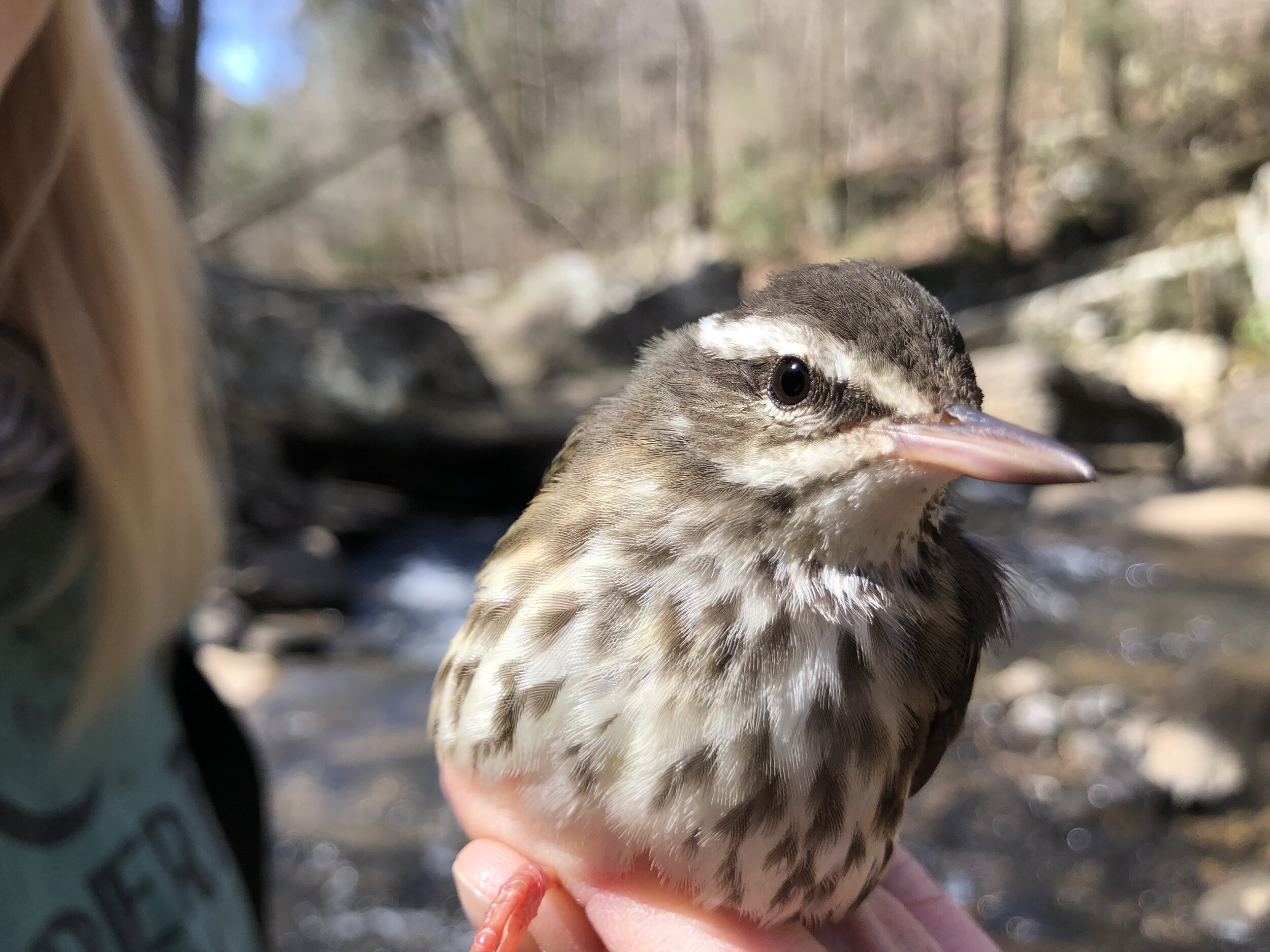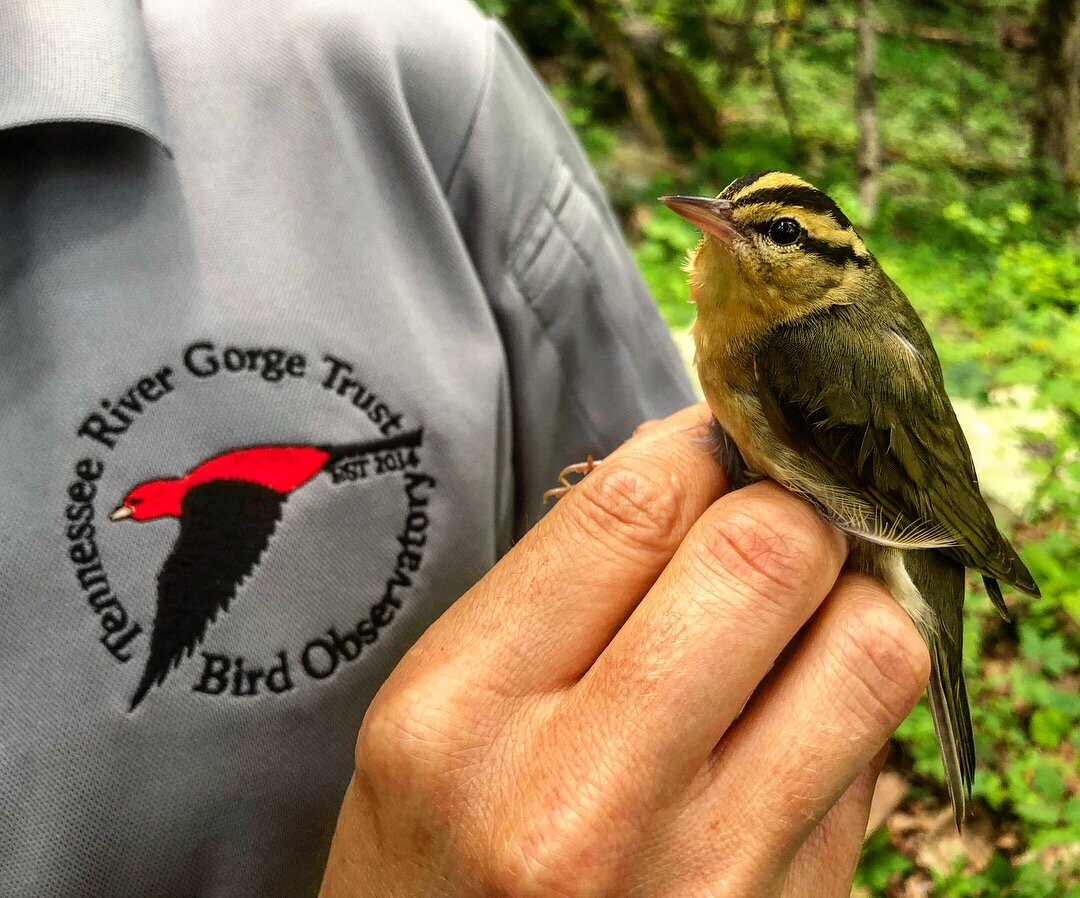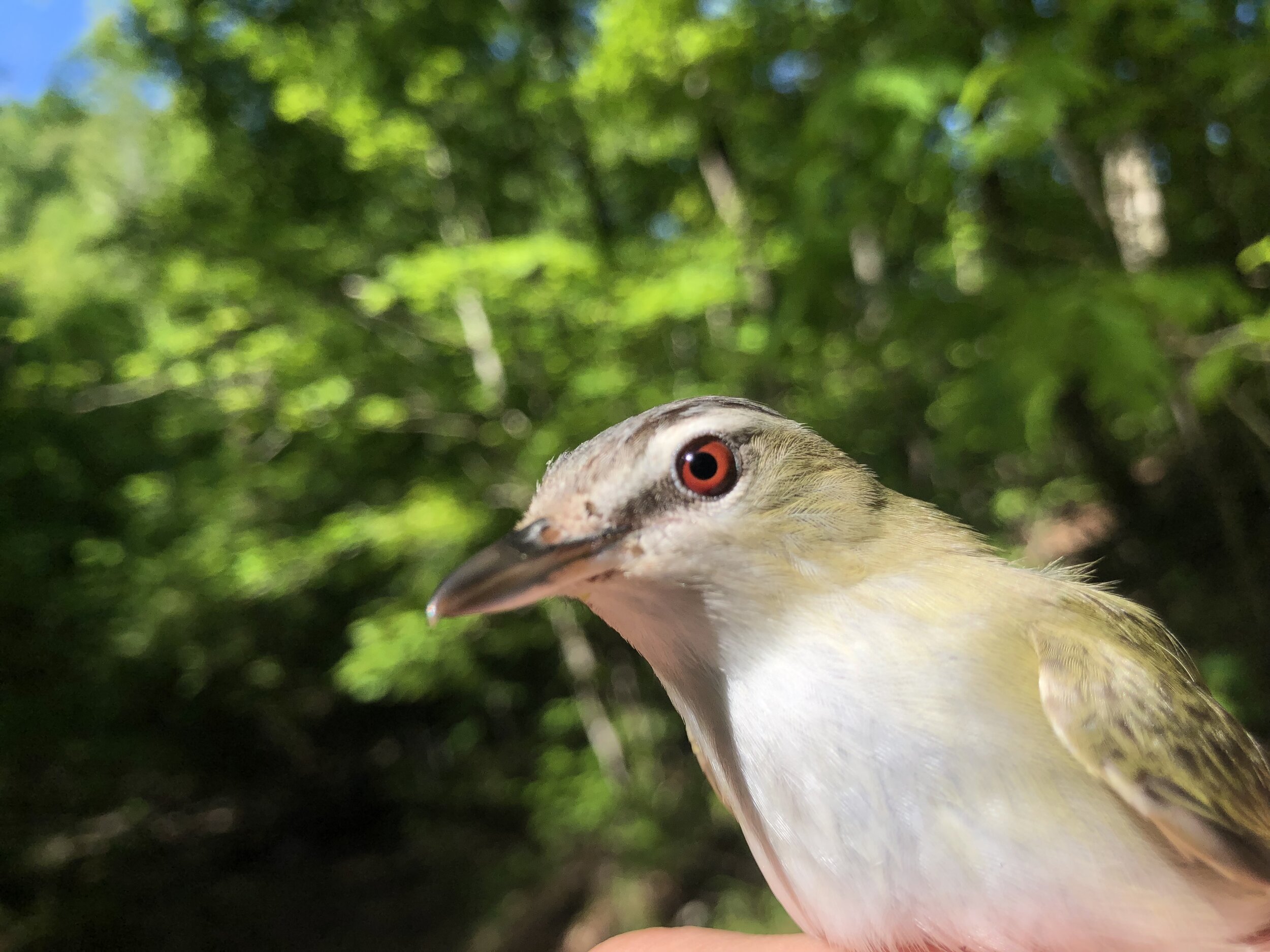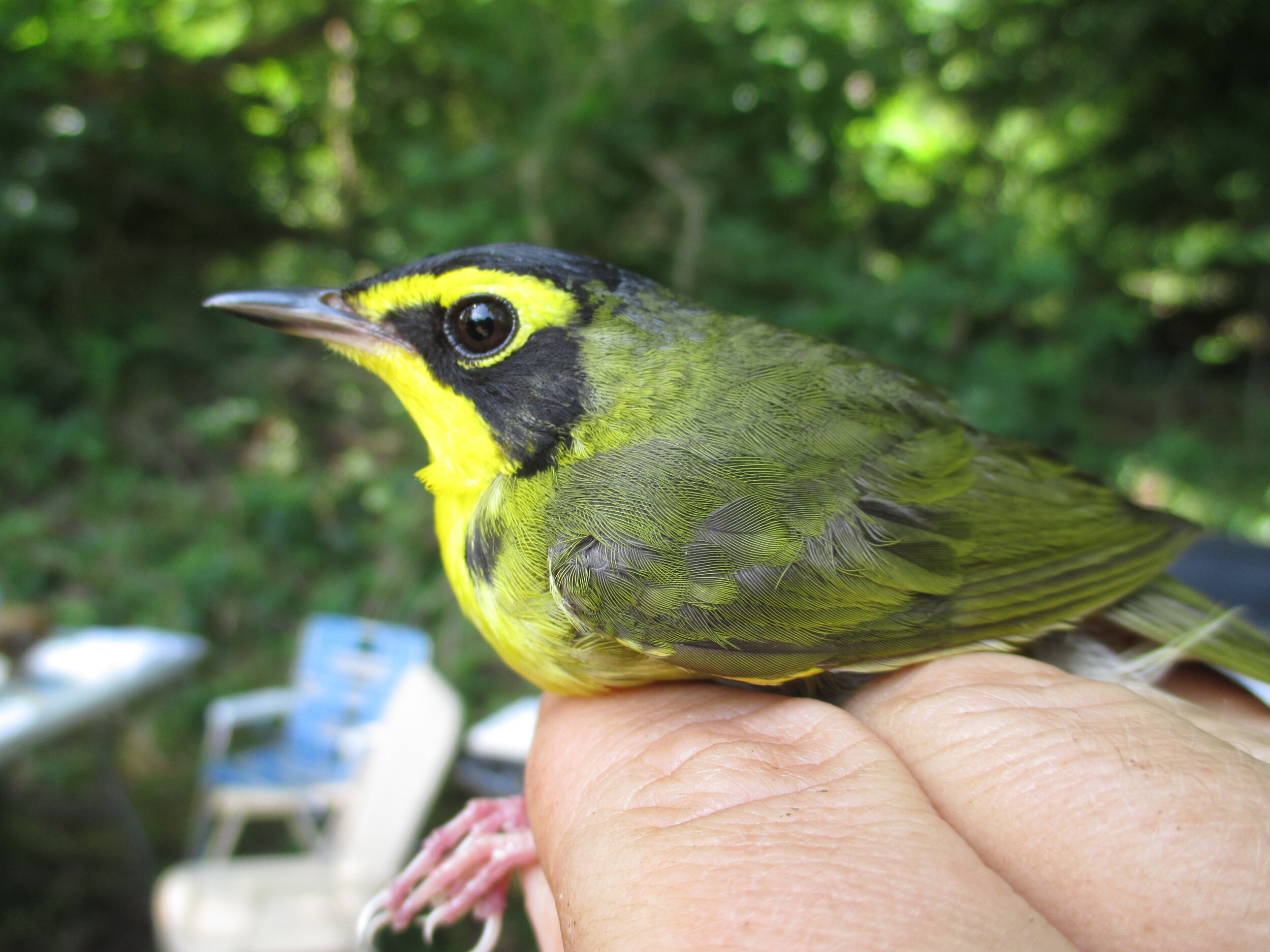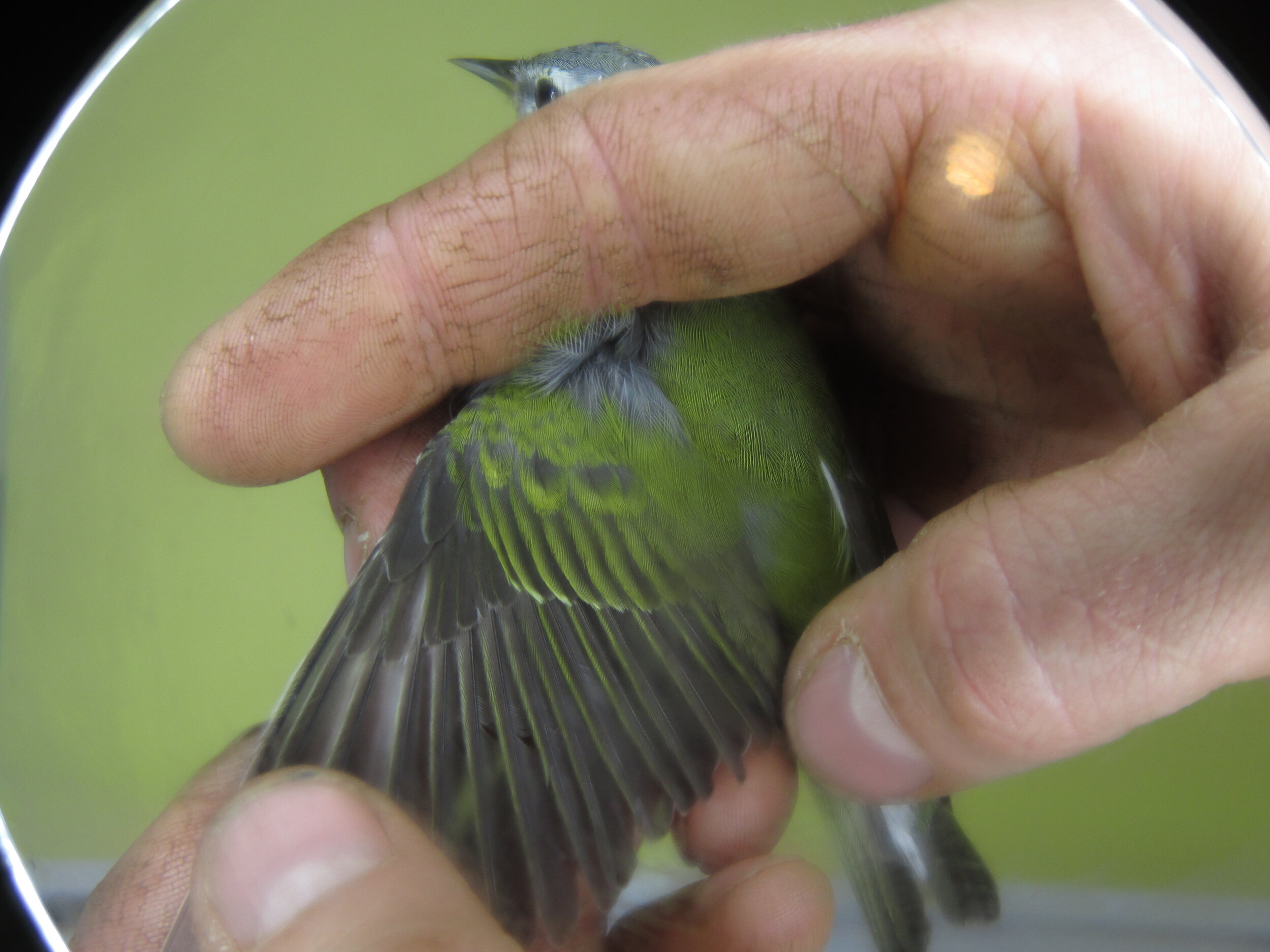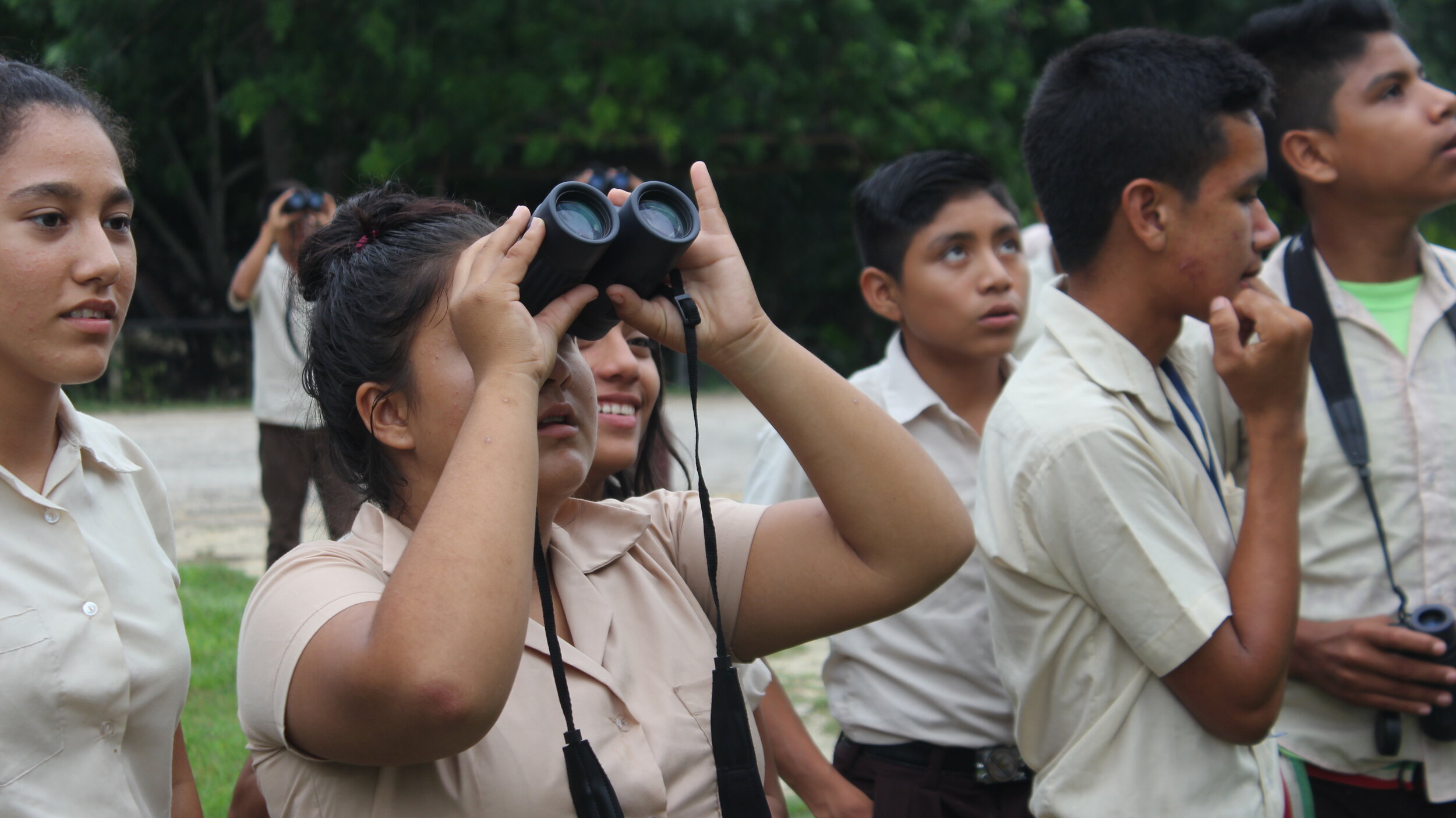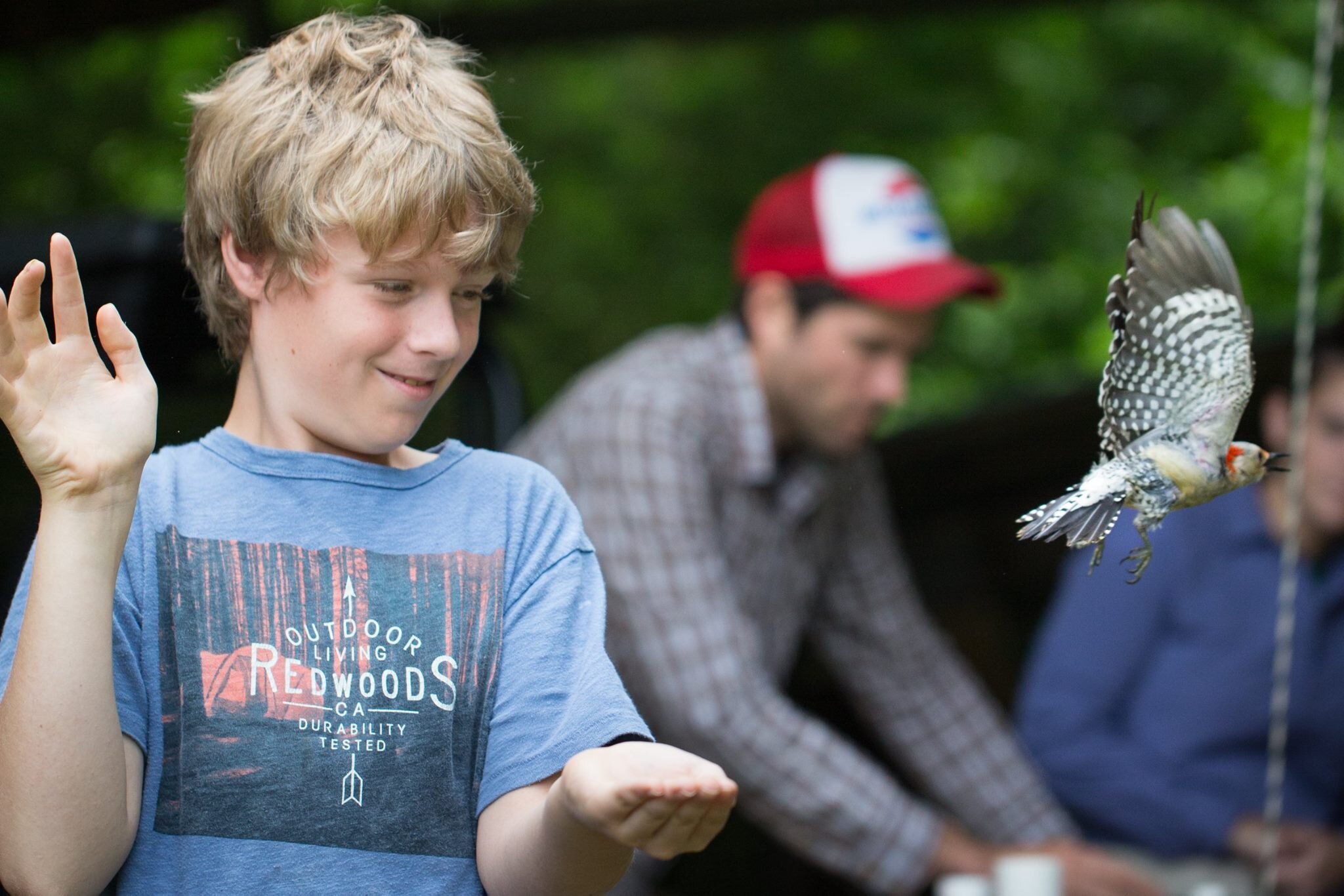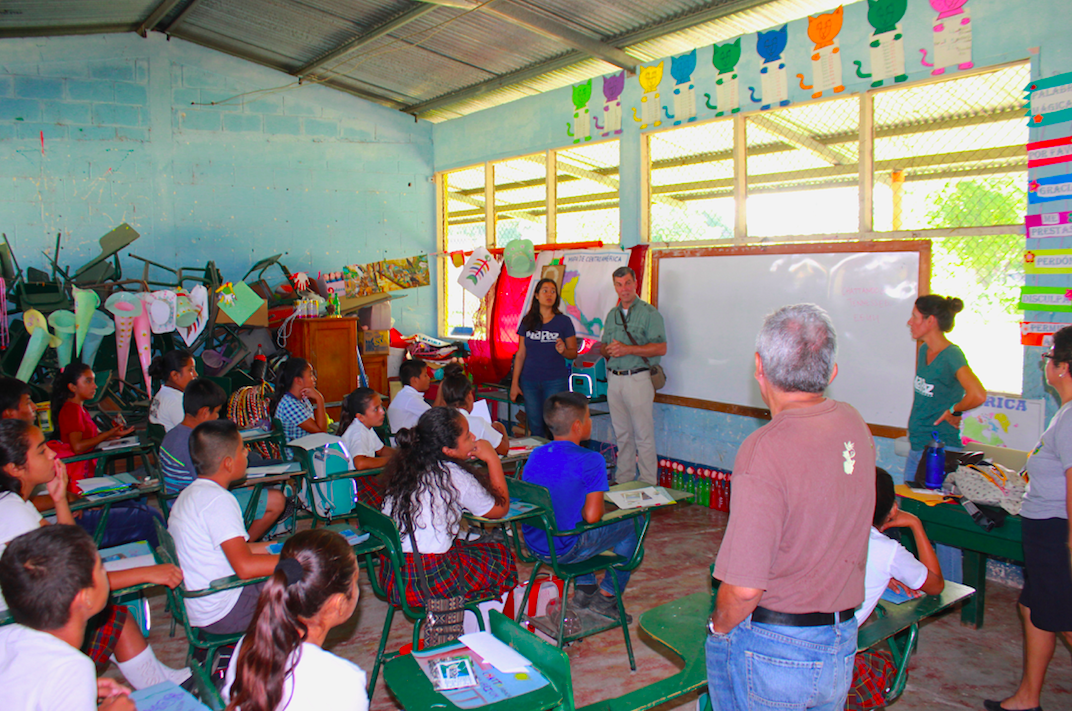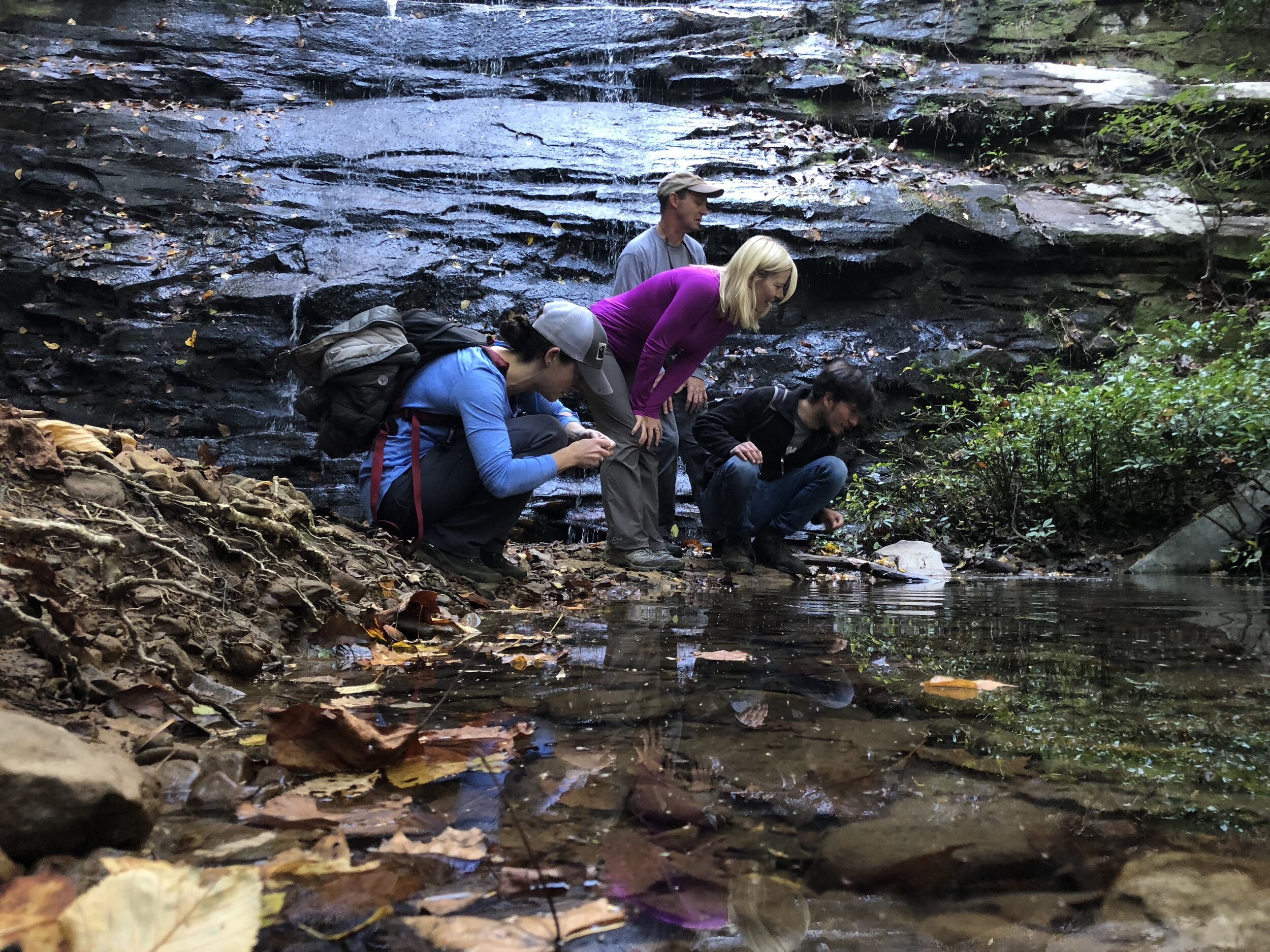Vanishing Bird Populations
What is TRGT doing to help?
You may have recently read the news about a study announcing an alarming decline in North American bird populations. The study, from the renowned journal Science, estimated that bird populations within the two countries have declined by 2.9 billion birds or 29 percent since 1970 (read this NY Times article to learn more)! It is no secret that birds, among many other types of wildlife, have been in trouble for a number of years. The leading cause of this population decline is habitat loss. Habitat loss includes the destruction or alteration of habitat to the point where it no longer meets the basic life needs of a species. A bird species’ specific habitat needs vary depending on the species. For instance, some bird species may need mature forests, while others may require grasslands or early successional forests (young forests). Once habitat is converted from functional ecosystems to incompatible land uses, the overall amount of suitable places for these species to live will be reduced, in turn reducing population numbers. Other reasons for the declines include pollution, adverse effects from invasive species, and other complex factors.
These sobering bird population declines have been brought to the spotlight by this high-impact study in the journal Science, which we hope will initiate conservation action. Mitigating this downward trend in North American bird populations is no easy task and many groups have been working to curb this decline for decades. These collective efforts include land protection, habitat restoration or creation, research, and education.
What has TRGT been doing to conserve bird populations?
TRGT has been working on multiple fronts to mitigate these worrisome population declines. Here are some of the many ways we are doing our part to help:
1) Land Protection-
Photo by Kevin Livingood
Habitat loss is the leading cause of these population declines, so protecting habitat in perpetuity is a direct way to help conserve bird populations. Since 1981, TRGT has been protecting land in the Tennessee River Gorge. Over 6,000 acres of wilderness have been protected by TRGT through fee simple ownership, and TRGT partners with the State of Tennessee and the Tennessee Valley Authority to oversee 17,000 acres. These lands include a variety of habitats that are critical for migrating and residential bird populations. Additionally, we work as stewards of these lands to ensure they are healthy and functional ecosystems. To learn more about TRGT’s land conservation, visit this link.
2) Research-
TRGT conducts innovative bird research to better understand the complex dynamics of the species that depend on the Tennessee River Gorge. Over the past four years, TRGT has been tracking the migration of two songbird species, the Louisiana Waterthrush and Worm-eating Warbler. This research will help us learn more about their enigmatic migratory behaviors and wintering grounds. Information like this is essential for effective long-term conservation efforts. To learn more about this migration research, check out this link. TRGT also operates a bird banding station to monitor and take inventory on the bird species in the Tennessee River Gorge. Learn more about the TRGT Bird Observatory at this link.
3) Education-
Education is an essential component of conservation. A more environmentally aware community is better suited to step up and take conservation action. Knowledge of bird population declines and broader environmental topics need to permeate beyond the scientific and conservation world and into the general public. We all depend on a healthy and functional ecosystem for our everyday life. By learning more about our environment, we are far more likely to make environmentally conscious decisions and support conservation initiatives. TRGT leads a variety of educational and community engagement efforts with all ages. Whether it be classroom presentations, community lectures, professional bird banding workshops, or field trips to the Bird Observatory, TRGT offers a wide variety of environmental education activities. To bridge the gap between the international communities that serve as the winter homes of many migratory birds from the eastern United States, TRGT has initiated a cultural exchange between the Chattanooga community and the Petén Region of Guatemala. Through this partnership, TRGT and our Guatemalan partners have directly engaged over 600 people regarding our shared responsibility to protect migratory bird species. You can find more about the Guatemalan partnership at this link.
TRGT could not do any of this important work without the help of our incredible community. If you would like to support TRGT’s conservation efforts, please consider donating. Thank you!



